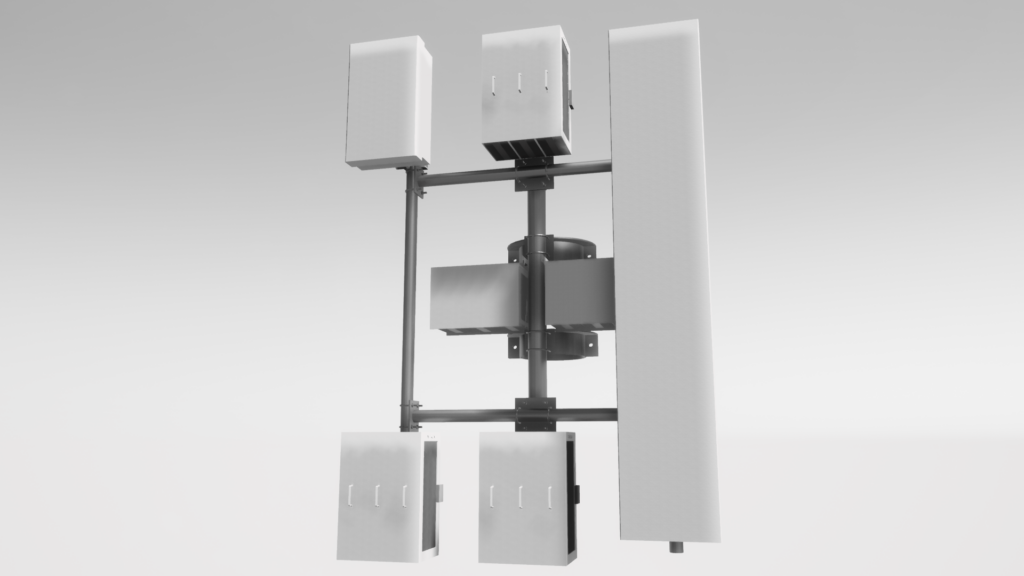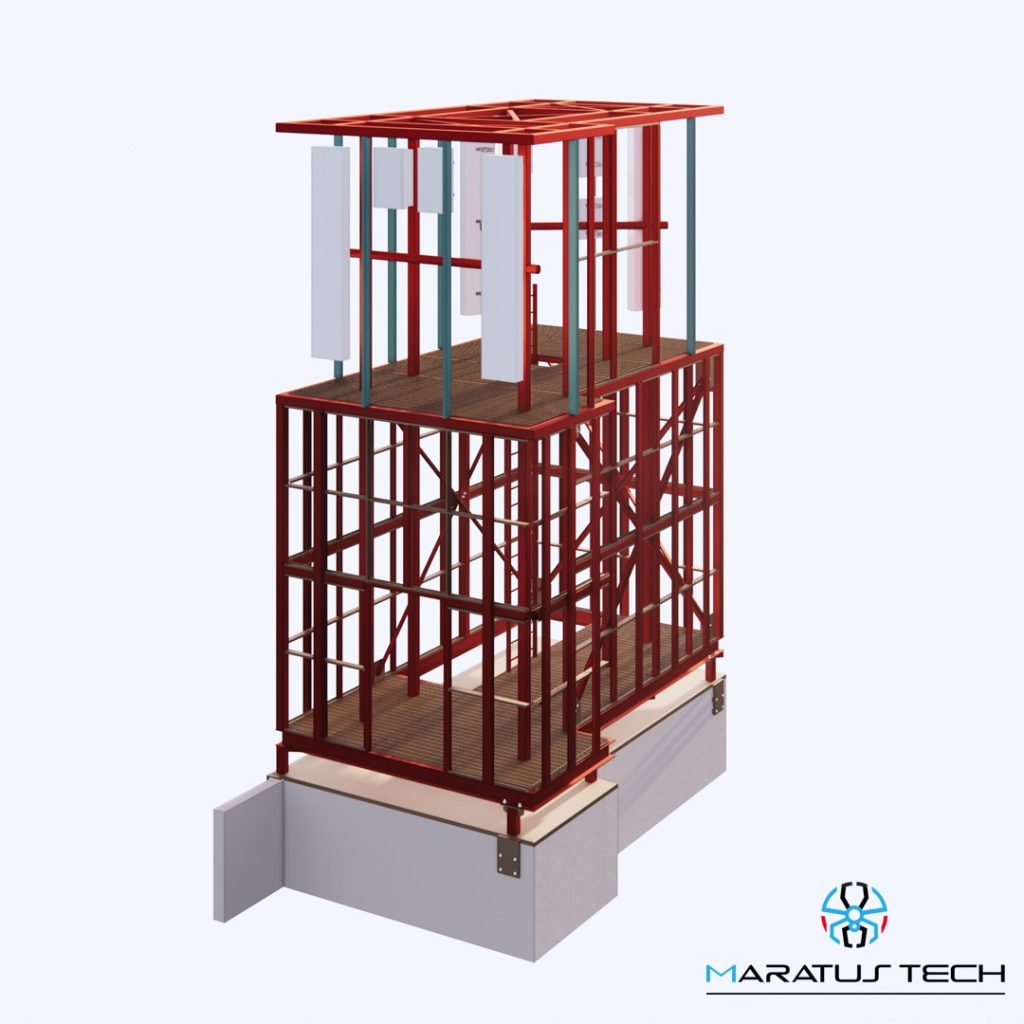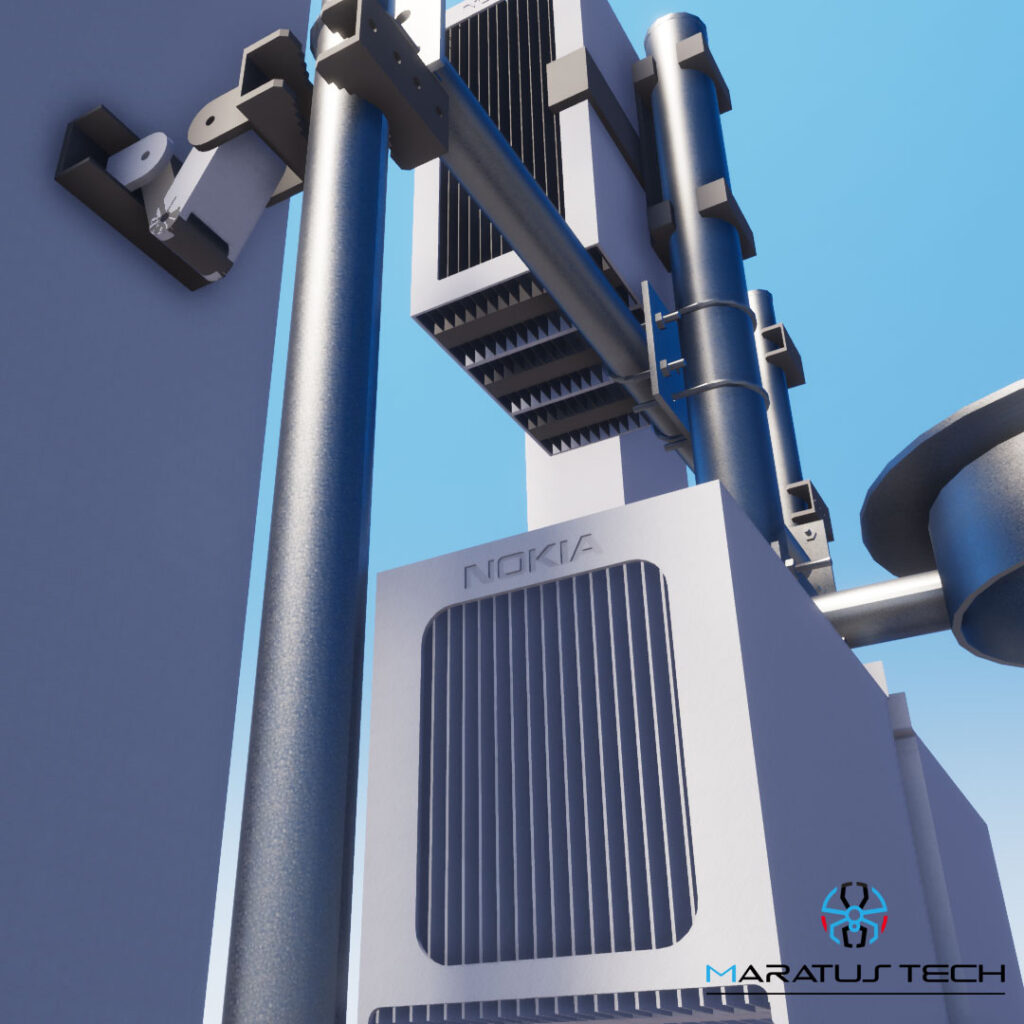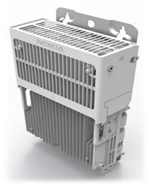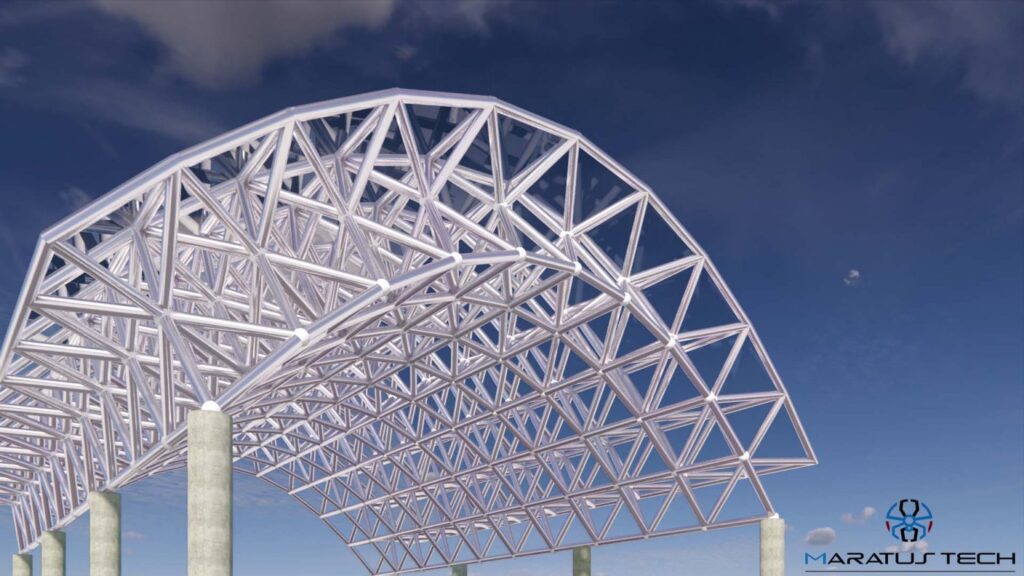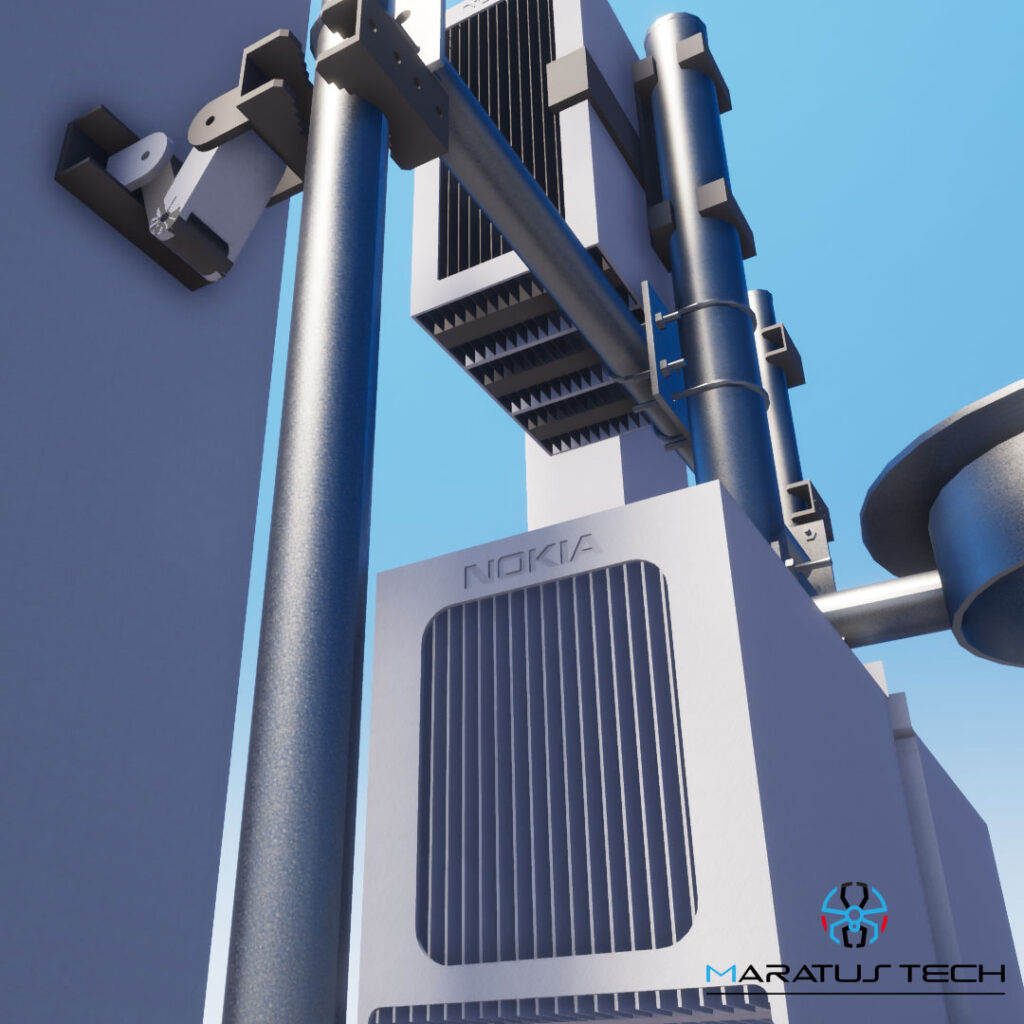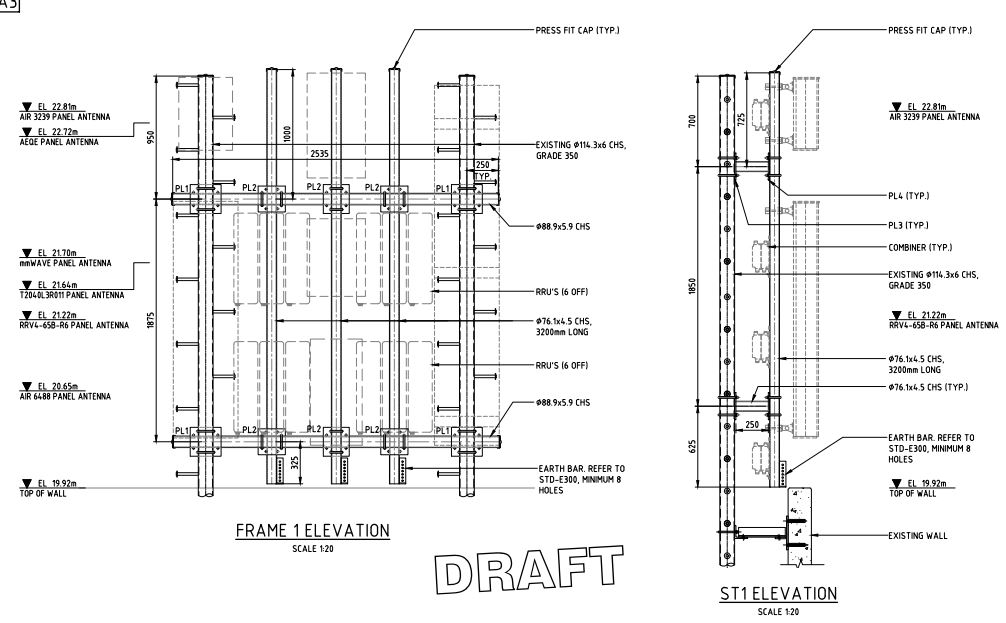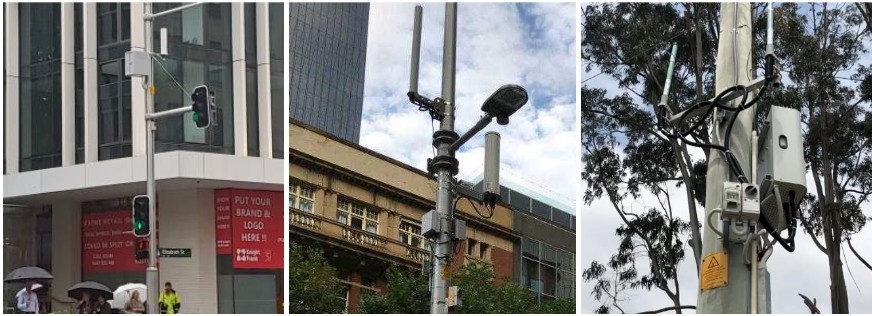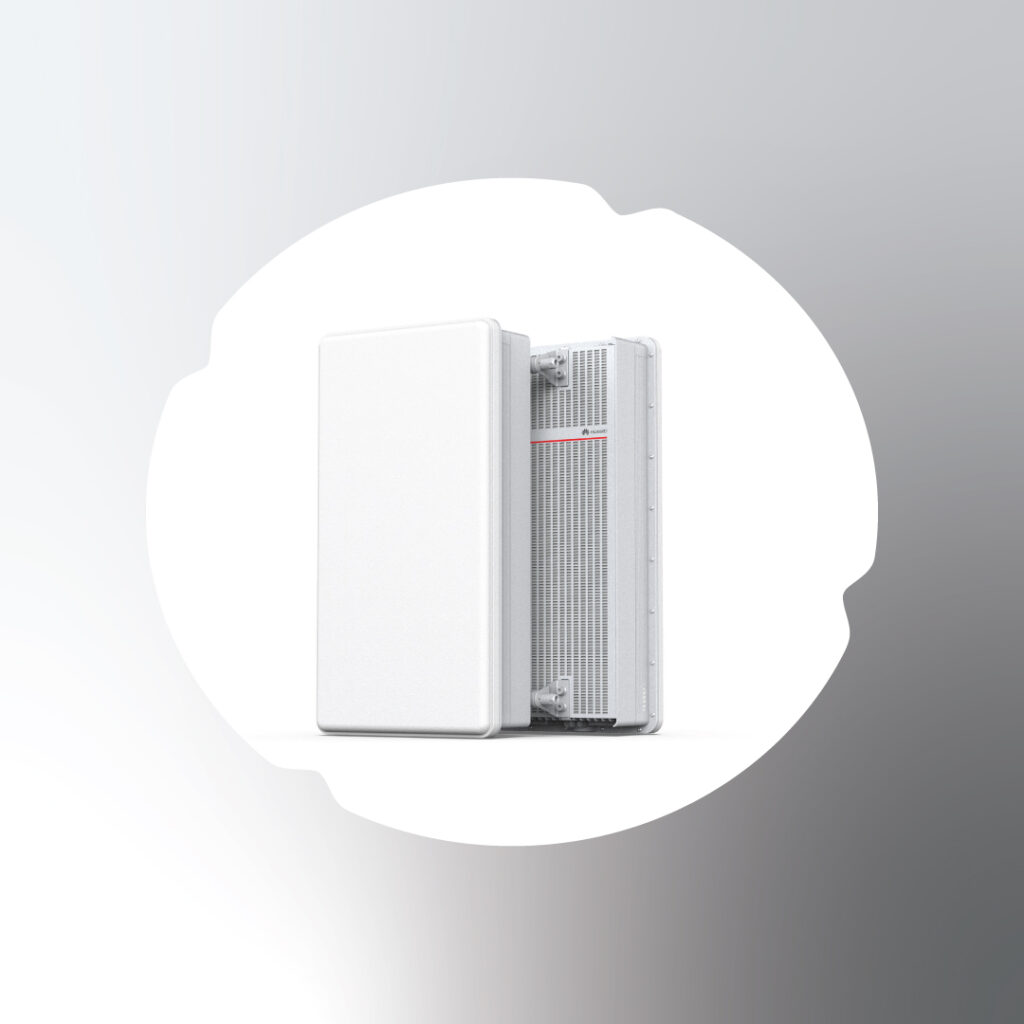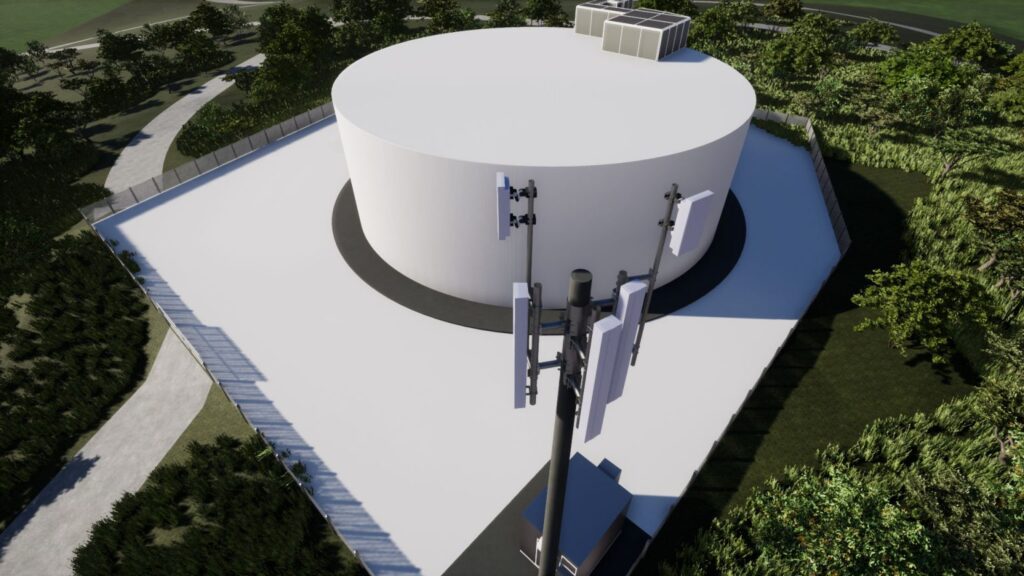Blog
Exploring the Colar H-Frame Structure for Telecom Networks
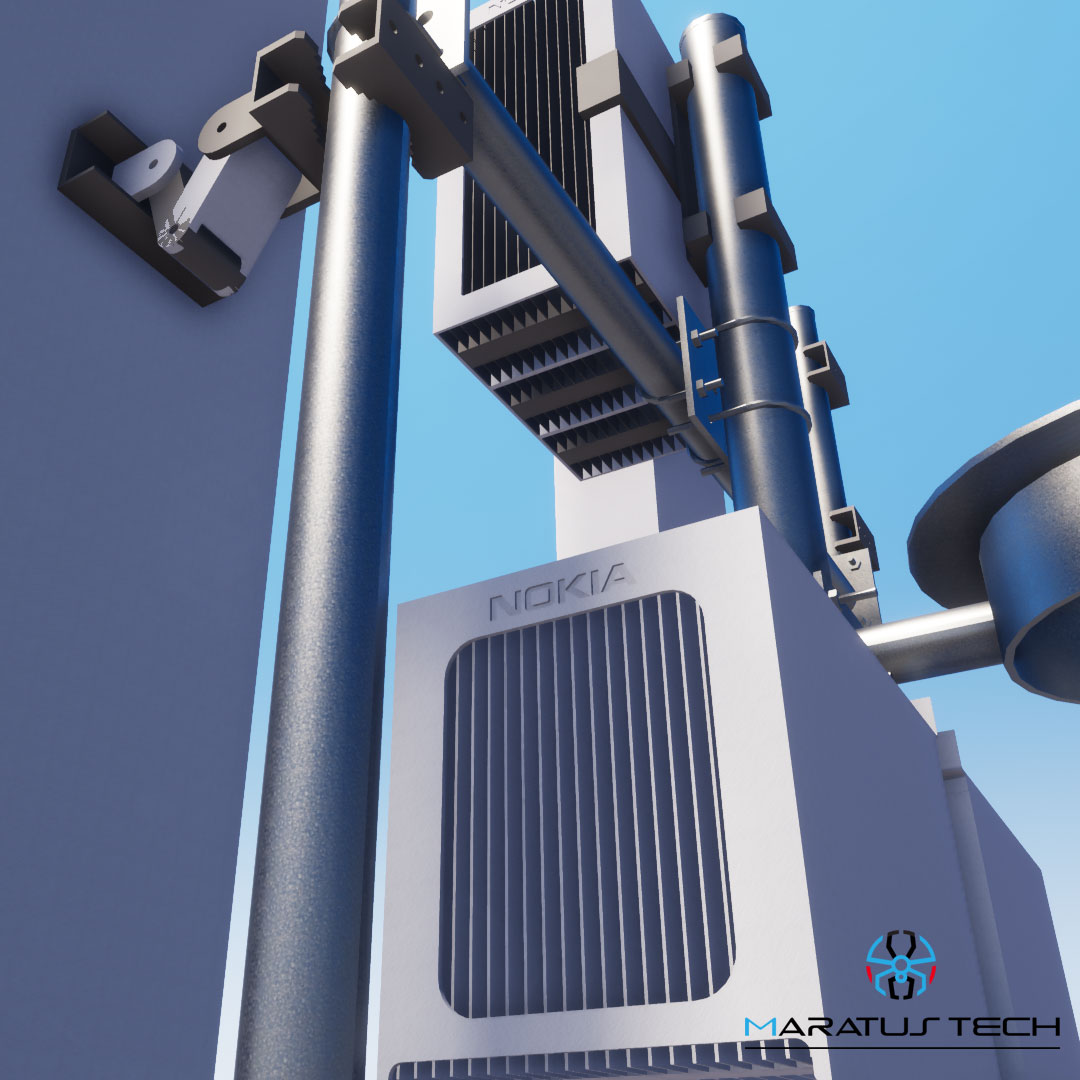
Discover the benefits and applications of the Colar H-Frame structure in enhancing telecom network performance and stability.
Introduction: The Colar H-Frame structure is a vital component in telecom infrastructure, known for its robustness and versatility. This blog post delves into the benefits and applications of the Colar H-Frame structure, highlighting its importance in modern telecom networks.
Body: The Colar H-Frame structure is designed to provide a stable and durable framework for mounting telecom equipment. Its unique H-frame design offers several advantages, including enhanced stability, easy installation, and the ability to support multiple antennas and other telecom devices.
Key Benefits:
- Enhanced Stability: The H-Frame design ensures a sturdy and reliable structure, capable of withstanding harsh weather conditions and heavy loads.
- Versatility: Suitable for various applications, including urban and rural deployments, the H-Frame structure can support a wide range of telecom equipment.
- Easy Installation: The modular design of the H-Frame allows for quick and efficient installation, reducing downtime and labor costs.
- Scalability: The structure is easily scalable, making it a future-proof solution for expanding telecom networks.
- Cost Efficiency: By consolidating multiple equipment mounts into a single structure, the H-Frame reduces the need for additional supports, leading to cost savings.
Use Cases:
- Urban Networks: Ideal for densely populated areas where space is limited and stability is crucial.
- Rural Connectivity: Provides a reliable framework for extending network reach to remote and underserved areas.
- Enterprise Solutions: Supports large-scale enterprise networks with high reliability and performance requirements.
Conclusion: The Colar H-Frame structure is an essential component for telecom networks, offering enhanced stability, versatility, and cost efficiency. Its robust design and scalability make it a valuable asset for ensuring reliable and high-performance communication.
